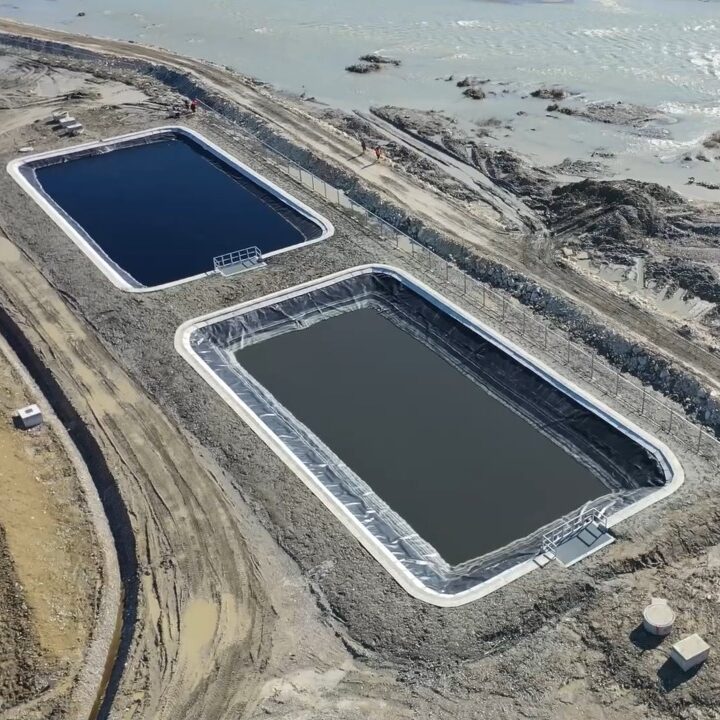The mining activities for coal extraction in Saxony have already taken up an area of about 55,000 ha. The water surface of the lakes created by flooding in the Central German and Lusatian mining area amounts to a total of approximately 230 km². The transformation processes in the region caused by the phase-out of lignite require a strengthening of already existing, resource-efficient sectors of the economy while at the same time establishing new economically, ecologically and socially sustainable economic structures.
With the project RegioNet WasserBoden, the State of Saxony aims to provide a technical basis for coping with structural change and climate change in the Central German and Lusatian coalfields. The project will elaborate data bases, tools and models to meet the needs of the planning. Results will be incorporated into planning processes and approval projects.
On 11 and 13 July 2023, the kick-off events of the project RegioNet WasserBoden took place in Leipzig and Rietschen. After the project presentation in the morning, the afternoon focused on discussions with the participants about their expectations of the project. Challenges and needs for action in the management of the environmental resources water, soil and nature were discussed at three thematic tables.
INFRASTRUKTUR & UMWELT Professor Böhm und Partner (IU) supported the Saxon State Office for Environment, Agriculture and Geology and the State Reservoir Administration in the preparation and implementation of the thematic discussions, as well as in the presentation and documentation of the results of both events.
About 120 participants in Leipzig and Rietschen from local government, technical and licensing authorities, associations and societies as well as science, research and industry showed great interest in the contents of RegioNet WasserBoden. Important issues were discussed, such as the need for effective management of water resources and soil use. Participants addressed the need to recognise conflicts of objectives with nature conservation at an early stage and tackle them with integrated approaches.



